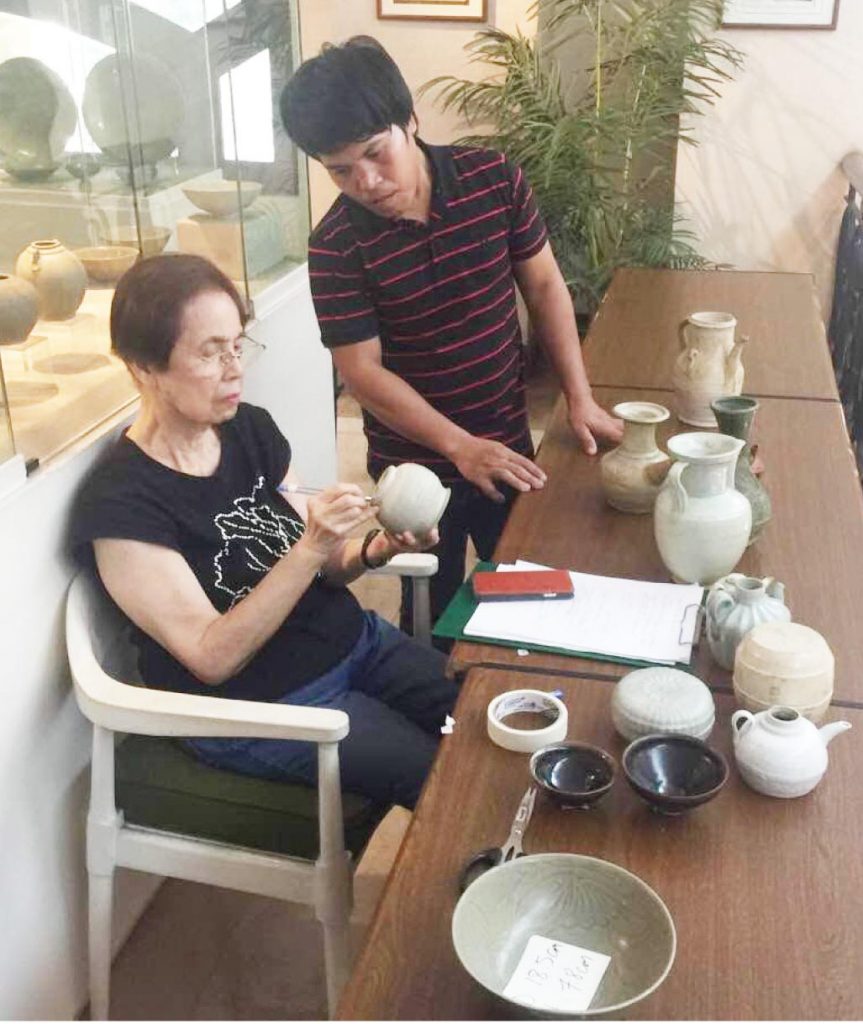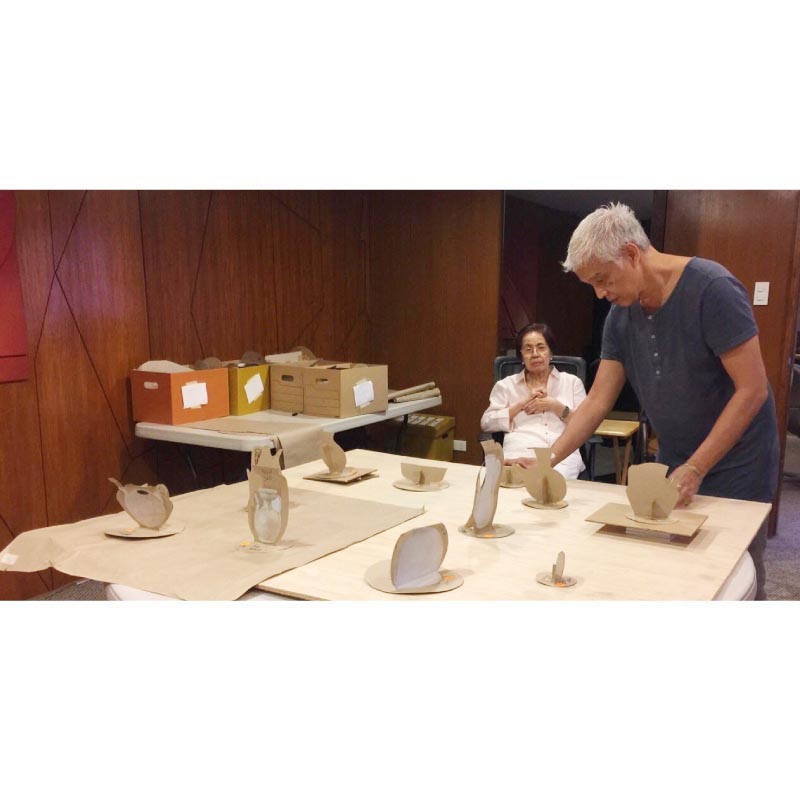
Long before Magellan accidentally landed in Cebu instead of the Moluccas in search of spices in 1521, the Chinese were already trading with the Philippines with their ceramics, silk and beads for our pearls, yellow wax, tortoise shells and hemp fabric.
Although we do not have written historical documentation as far back as the Chinese and the Arabs, we do have extensive archaeological artifacts from all those centuries ago.
The artifacts serve as physical evidence of our history, particularly that of the deep roots we shared with our Southeast Asian neighbors, and of our long history of trade with China.
Although there is very little in the Chinese annals about trade between China and the Philippines during the Song and Yuan period, excavations in both land and sea in various parts of our archipelago reveal an enormous amount of trade ware existed.
An impressive proportion of these recovered cultural relics were produced and traded during this time. It gives us an understanding of what was happening in China then, particularly in Fujian where these ceramics were made, and helps explain how and why all these trade ware ended up in the Philippines.
The Song Dynasty (960-1279) was one of the Golden Age eras in Chinese history. It succeeded the Five Dynasties and Ten Kingdoms Period, followed by the Yuan Dynasty (1279-1368). Song Dynasty was composed of two periods: Northern Song (960-1127), which controlled what is now Northern China; and Southern Song (1127-1279), which was established after the Song court retreated south, having lost its northern half to the invading Jurchens of Jin Dynasty.
Despite the loss of its northern territory and the disruption of its overland silk trade, Southern Song remained economically vibrant.
The government vigorously promoted maritime commerce and industry with an open trade policy, massive building of ships, and the construction of beacons and harbor warehouses in support of trade.
To protect merchant ships, its navy was equipped with the destructive gunpowder bombs mixed with scrap iron, for catapults.
After Kublai Khan conquered the Southern Song in 1279, the Mongols further expanded foreign trade to maximize their gains in the Middle Kingdom. Chinese maritime trade surpassed that of the Arabs and the West, and the Maritime Silk Route overtook the overland Silk Road.
Fujian experienced rapid development during the Song-Yuan period. With the closing of the offices of the Customs Commissioner in northern China, Quanzhou in Fujian and Guangzhou in Guangdong became the key trading ports.
Quanzhou, with its “Three Bays and Twelve Harbors,” serviced more trading routes and quickly surpassed Guangzhou to become China’s premier port. By the 14th century, Quanzhou was the biggest and busiest port in the world.
Ports and ships contributed greatly to the rapid development of Fujian’s maritime trade. The vigorous trade in Quanzhou provided the impetus for the development of the local ship-building industry that fulfilled the needs of its booming maritime commerce.
Historical records show that trade ships from Fujian were considered one of the best, if not the best. Their ships were larger and built with better technology.
The rise of Fujian’s ceramic industry occurred at the same time as the boom in maritime commerce. Fujian had the famous kaolin clay and materials necessary to produce ceramics, as well as the city-port of Quanzhou from where they could ship.
Because the Southeast Asian ports provided stops along the route to the West, they became Chinese trading hubs in their own right. Fujian was therefore well positioned to fulfill the overseas demand for Chinese goods.
So, it is not surprising that the Fujian ware of this period accounts for an impressively high percentage of Chinese trade ware found in the Philippines.
Archaeologists in Fujian province have excavated numerous ancient kilns in the last few decades. These kilns provide valuable information on the type of wares produced and consequently, the provenance of our own cultural relics from this period.
Rita C. Tan (莊良友) of the Oriental Ceramics Society of the Philippines, with the help of Fujian’s foremost archaeologist Li Jian’an (李建安), has identified and documented the kilns for many pieces from the collection of wares found in the Philippines.
We learned that these ceramics were in high demand, as evidenced by the wide distribution of archaeological sites along the Philippine coastline and the interesting variety of Fujian ware from this period excavated in Breaker Reef and Investigator Shoal, off Palawan Island.
We can also safely assume that the economy in the islands during this time was very stable, if not prosperous.
The OCSP is dedicated to the study of Chinese and Southeast Asian trade ware. Since its inception in 1980, the society has conducted extensive research, mounted five exhibitions, and published accompanying catalogs on Chinese and Southeast Asian trade ceramics found in the Philippines.
These are important physical testaments to our cultural heritage and long history of trade with China which happened more than 300 years before Spain colonized the islands, thus changing our culture and destiny forever.
On Sept. 4, the OCSP will launch its “Fujian Ware Found in the Philippines: Song-Yuan Period, 11th-14th Century” exhibit, with an accompanying catalog, at the Ayala Museum.
The exhibition and catalog are curated by Tan, renowned Chinese porcelain scholar and independent researcher on Chinese trade wares from the 10th to the 17th centuries.
As expressed in the Foreword of the catalog, “We hope that this project will help highlight information about Fujian ware; raise awareness about our shared heritage with Fujian; preserve important research for future reference; and further inspire students, academics and collectors to study the importance and role that trade ceramics played in our ancient cultures and communities.”
